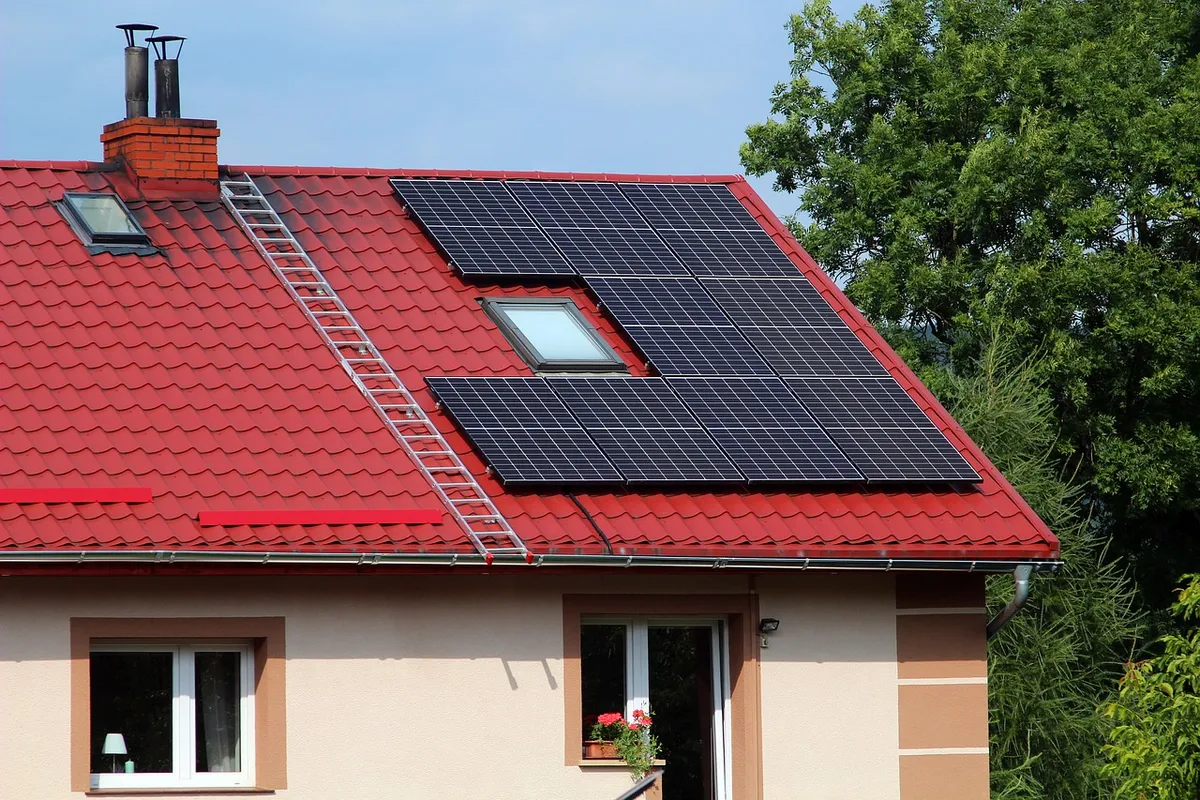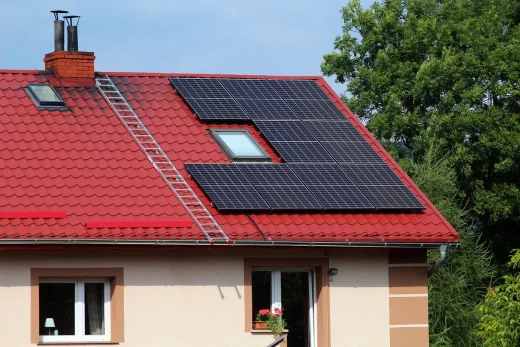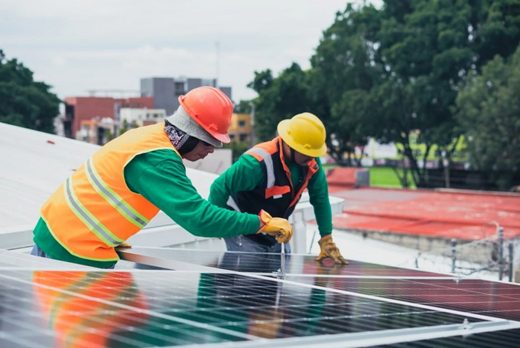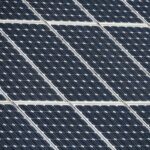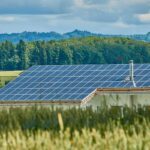How to improve your solar self-consumption, Home power technology advice
How to improve your solar self-consumption
30 October 2024
Solar self-consumption
As the demand for renewable energy grows, many homeowners are looking to solar power to meet their self-consumption needs. Solar panel installation means not only a more sustainable way of getting electricity, but also cheaper bills thanks to a reduced reliance on the National Grid. Here, we define self-consumption and energy independence, as well as outlining how to improve your self-consumption.
What is self-consumption for solar energy?
Self-consumption means generating your own energy to meet the needs of your household. If, for example, you consume 8kWh of electricity per day and 4kWh of that is supplied by your solar PV system, your self-consumption rate is 50%. The rest – what you might use once the sun has set, for instance – will come from the grid and any excess solar power can be exported through the Smart Export Guarantee (SEG) scheme.
What is energy independence?
The less you rely on additional electricity from the grid, the greater your energy independence. Most homes and businesses (even those with solar panels) have some reliance on grid energy. It fills in what the solar PV system cannot provide, such as energy after dark or on cloudy winter days when the panels are not able to absorb as much sunlight.
The greater your energy independence, the lower your carbon emissions and the lower your bills. It therefore makes sense to maximise your self-consumption. But how can you do that?
- Invest in a solar battery
Installing a solar battery is a great way of improving your self-consumption. It enables you to store excess energy generated by your solar panels and use it at nighttime. This means you use less grid electricity and can enjoy reduced bills. A battery can be retrofitted to an existing solar PV system – and with the current 0% VAT rate on these products, now is an ideal time to invest.
- Retrofit your home
Older homes tend to be less energy efficient, resulting in higher bills for the homeowners. While retrofitting can be costly, the benefits over time can be significant. You can, for example, install or improve the insulation in your loft, walls and floors; upgrade doors and windows to double or triple glazed products; and improve your heating system. Other, less expensive actions can include installing smart plugs and replacing CFLs with LED light bulbs, which are more efficient and last longer.
- Charge devices in the daytime
Homeowners with a solar panel system should get into the habit of charging devices – whether that’s a phone, laptop or electric vehicle – during the day. This enables you to utilise the clean power being generated by your panels rather than grid power.
- Take devices off standby
We often think nothing of leaving a TV or other appliance on standby, but doing so will increase energy consumption. Devices on standby will still download content, perform Wi-Fi inspections and more. Turning them off when not in use will help you to improve self-consumption. Indeed, according to Energy Saving Trust, you can save up to £861 per year by switching appliances off rather than leaving them on standby.
Comments on this guide to How to improve your solar self-consumption article are welcome.
Solar Panels Articles
Solar Panels Posts
Before Installing Solar Panels
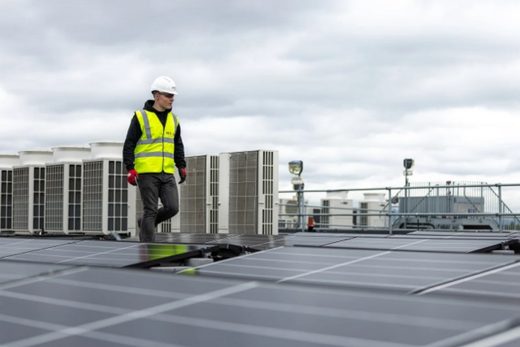
Types of roofing for solar panel installation
Building Articles
Residential Architecture
Comments / photos for the How to improve your solar self-consumption page welcome.

